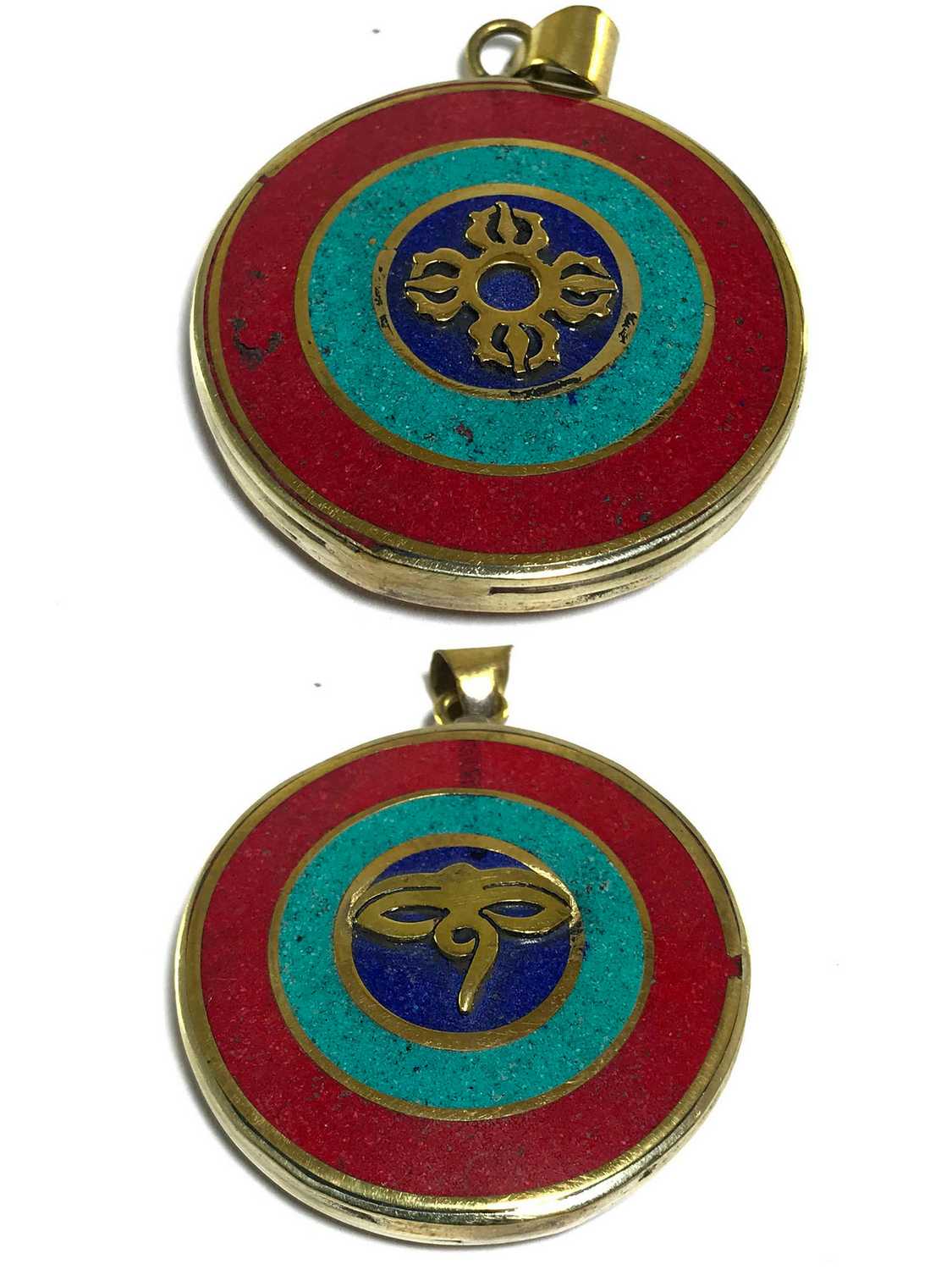Metal Pendant
A Nepali metal pendant is a traditional piece of jewelry that is crafted in Nepal using traditional techniques and materials. The pendant is typically made of metal, such as brass or silver, and is intricately designed and embellished with cultural motifs and symbols.
The design of the pendant may be inspired by Nepali culture and symbolism, with patterns and motifs that represent different aspects of Nepali life, such as nature, religion, or social customs. These designs may be created using traditional techniques, such as etching, stamping, or engraving, and may be further embellished with beads, gems, or other decorative elements.
Read More
The pendant may be worn on a chain or cord around the neck, and is often used as a statement piece or as a talisman to protect the wearer from negative energies or evil spirits. It is also commonly given as a gift to family members or friends, particularly on special occasions, such as weddings or religious ceremonies.
Overall, a Nepali metal pendant is a beautiful and unique piece of jewelry that represents the rich cultural heritage of Nepal and the skill and artistry of its craftsmen. It is a treasured possession that carries deep meaning and significance for those who wear it or receive it as a gift.
Double Dorje : About Double Dorje
The double vajra or crossed vajra is formed from four lotus-mounted vajra heads that emanate from a central hub towards the four cardinal directions and symbolizes the principle of absolute stability. In the cosmographic description of Mount Meru a vast crossed vajra supports and underlies the entire physical universe. Similarly in the representation of the mandala, a vast crossed vajra serves as the immoveable support or foundation of the mandala palace and here the central hub of the vajra is considered to be dark blue in color with the four heads colored to represent the four directions-white (East), yellow (South), red (West) and green (North). These also correspond to the five elements and the buddhas of the five families with blue Akshobhya in the center.
It's also an emblem of the green buddha of the north, Amoghasiddhi, and represents his all-accomplishing wisdom as lord of the karma family of activity.
The raised throne upon which masters are seated when teaching is traditionally decorated on the front by a hanging square of brocade displaying the image of a crossed vajra in the centre, often with four small swastikas in the corners. This emblem represents the unshakeable ground or reality of the Buddha's enlightenment.
Read More
Buddha Eye : Meaning of Buddha eye
On virtually every Buddha statues, Buddha heads and Buddha stupa (Buddhist shrines) from countries like India, Nepal, Thailand, Burma, China and others, there are pairs of eyes casting down as if in a meditation state, and enriched with a spiritual aura. This style has been a model for various generations of artists while depicting them in various Buddha heads and Buddha images. In Buddhism, there are two kinds of eyes, first the inner eyes or eyes of wisdom, which sees the world of Dhamma, which is also known as the Third eye of the Buddha, while the other is called the outer eyes which is also called as material eyes which sees the outer world. Therefore, it may be seen and understood easily that the eyes in the Buddha statues and Buddha heads are also of two kinds. The material eyes are the two eyes which see the outer world while the inner eyes, or the one which sees the Dhamma is the one in the middle of the two material eyes. This inner eye is also known as the urna.
Eyes of the Stupa
While in stupas, there are giant pairs of eyes looking out from the four sides of the main tower of the stupa. These are also known as Buddha eyes and wisdom eyes. The eyes of the Buddha in the stupa symbolize the all-seeing ability of the Buddha.
Hence, according to Buddhism, we can say that if we are wise, we can see beyond material things. What we then see can is the truth. The world is in a muddle now because people don’t use their eye of Wisdom to see things. People are distracted and deluded by greed, hatred and ignorance. These desires mix them up, or bring them down and then lead us to suffering. People become distressed, depressed, anxious and suffer. These things can be called the darkness of life. Only wisdom will lead the world out of the darkness.
Read More
